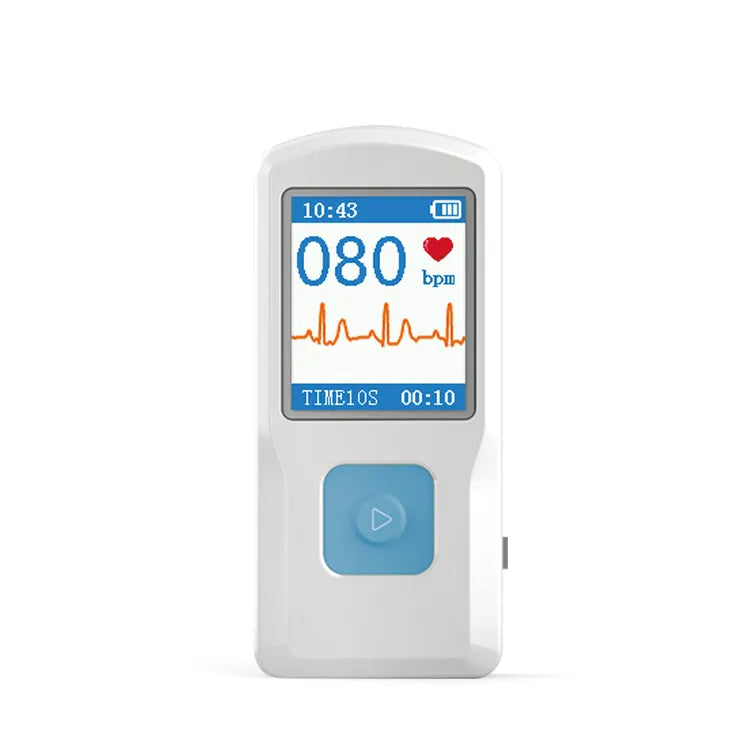The IVDR extension amendment bill was officially published in the EU Official Journal

The regulation extending the IVDR transition period was officially promulgated on July 9, 2024. How should importers respond to this extension?
To facilitate a smoother conversion to IVDR, the EU has introduced this regulation, providing importers with an extended period to adapt. During this time, importers can continue selling products certified under the previous IVDD directive, helping to maintain market share and avoid disruptions.
Additionally, the extended transition period allows importers more time to collaborate with manufacturers, ensuring correct labeling, documentation, and certification, and thereby minimizing the risk of non-compliance.
Interpretation of the IVDD Act Extension——By Medasia Healthcare
1.The specific contents of the regulations are as follows:
- Devices covered by a valid EC certificate issued by a notified body under the In Vitro Diagnostic Medical Device (IVDD) Directive 98/79/EC before May 26, 2022;
- Devices for which a declaration of conformity was made under the IVDD before May 26, 2022, and for which the conformity assessment procedure under the IVDR (as opposed to the IVDD) requires the involvement of a notified body.
Transition period extended to:
- December 31, 2027 (Class D devices)
- December 31, 2028 (Class C devices)
- December 31, 2029 (Class B and Class A sterile devices)
Reminder:There is no transition period for Class A devices (except Class A sterile devices). The IVDR applies to these devices from May 26, 2022.
2. To enjoy this extended transition period, the following conditions must be met:
The manufacturer must submit a formal application for IVDR conformity assessment. The deadline for submitting the application depends on the risk level of the device:
- No later than May 26, 2025, for devices covered by IVDD certificates and Class D devices "self-declared" under IVDD.
- No later than May 26, 2026, for Class C devices "self-declared" under IVDD.
- No later than May 26, 2027, for Class B and Class A sterile devices "self-declared" under IVDD.
In addition, the manufacturer and the notified body must sign a written agreement within four months of the deadline for applying to enjoy the extended transition period, i.e.
- No later than September 26, 2025, for devices covered by IVDD certificates and Class D devices "self-declared" under IVDD.
- No later than September 26, 2026, for Class C devices “self-declared” under the IVDD.
- No later than September 26, 2027, for Class B and Class A sterile devices “self-declared” under the IVDD.
3.Based on this new regulation, what should manufacturers do:
1.For devices without IVDD CE self-declaration of conformity or IVDD CE certificate, or Class A non-sterile devices under IVDR, they need to apply for IVDR immediately in order to enter the European market.
2.For devices that have self-declared IVDD CE conformity and are in Class B/C/D under IVDR, or devices with IVDD CE certificates, the following actions need to be completed so that the original IVDD devices can continue to enter and be placed on the European market:
a.No later than May 26, 2025, a corresponding quality management system has been established in accordance with IVDR;
b.Submit an application for IVDR conformity assessment to the notified body (IVDD CE certificate or Class D devices no later than May 26, 2025, IVDD self-declared Class C devices no later than May 26, 2026, IVDD self-declared Class B and Class A sterile devices no later than May 26, 2027);
c.Sign a conformity assessment agreement with the notified body (IVDD CE certificate or Class D devices no later than September 26, 2025, IVDD self-declared Class C devices no later than September 26, IVDD self-declared Class B and Class A sterile devices no later than September 26, 2027);
Note: The application does not need to include technical documentation for each device covered by the application, and it is subject to technical documentation review.After completing the above actions and obtaining the IVDR CE certificate, the manufacturer can continue to put IVDD devices on the market before the end of the transition period, that is, the manufacturer can simultaneously put IVDD devices and IVDR devices on the market at the same time without conflict until the end of the transition period.
4.What benefits will the extension of the IVDD Act bring to importers?
5.In the context of IVDR extension, importers need to pay attention to the following aspects to ensure compliance:
a. Ensure Compliance with CE/IVDR Certification Requirements: Importers must verify that products supplied by their partners meet all CE/IVDR certification requirements and hold a valid CE certificate. Only products with CE/IVDR certification are legally permitted for sale and distribution within the EU market.
b. Product Identification and Labeling: Importers should confirm that all imported diagnostic products comply with CE/IVDR requirements for identification and labeling. Labels must include essential information such as the manufacturer's name, product name, model, CE mark, and any relevant warnings or instructions for use. Importers must ensure that the identification and labeling remain clear, readable, and understandable.
c. Technical and Certification Documents: Importers are responsible for verifying that the products provided by suppliers are accompanied by complete and accurate technical and certification documents, including technical specifications, performance evaluation reports, clinical evaluation reports, and CE certificates. These documents should be thoroughly reviewed to ensure their compliance and accuracy, and retained as records of compliance.
d. Quality Management System: Importers must collaborate with suppliers to ensure that they maintain an effective quality management system that complies with CE/IVDR certification requirements, guaranteeing product quality and compliance. Importers may request suppliers to provide relevant quality management documentation, such as quality manuals, procedure documents, and internal audit reports.
e. Tracking and Traceability: Importers must establish robust systems to track the source and destination of imported diagnostic products, enabling them to execute recalls or take other necessary actions when required.
Reference:
Download EU official IVDD extension documents:https://health.ec.europa.eu/latest-updates/mdcg-2020-16-rev3-guidance-classification-rules-vitro-diagnostic-medical-devices-under-regulation-eu-2024-07-08_en
МЫ РЕКОМЕНДУЕМ
Похожие статьи
- Подписаться MedInsights
- Подписаться MedInsights
- Подписаться MedInsights
- Подписаться MedInsights
- Подписаться MedInsights













